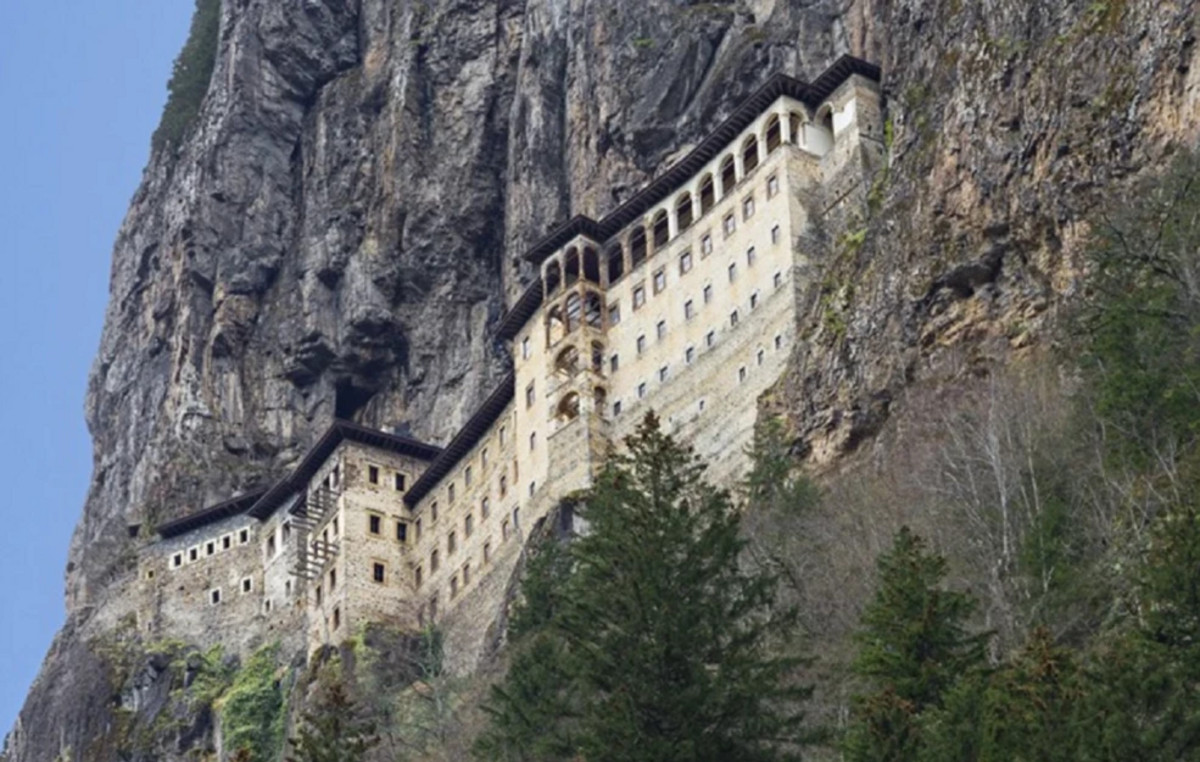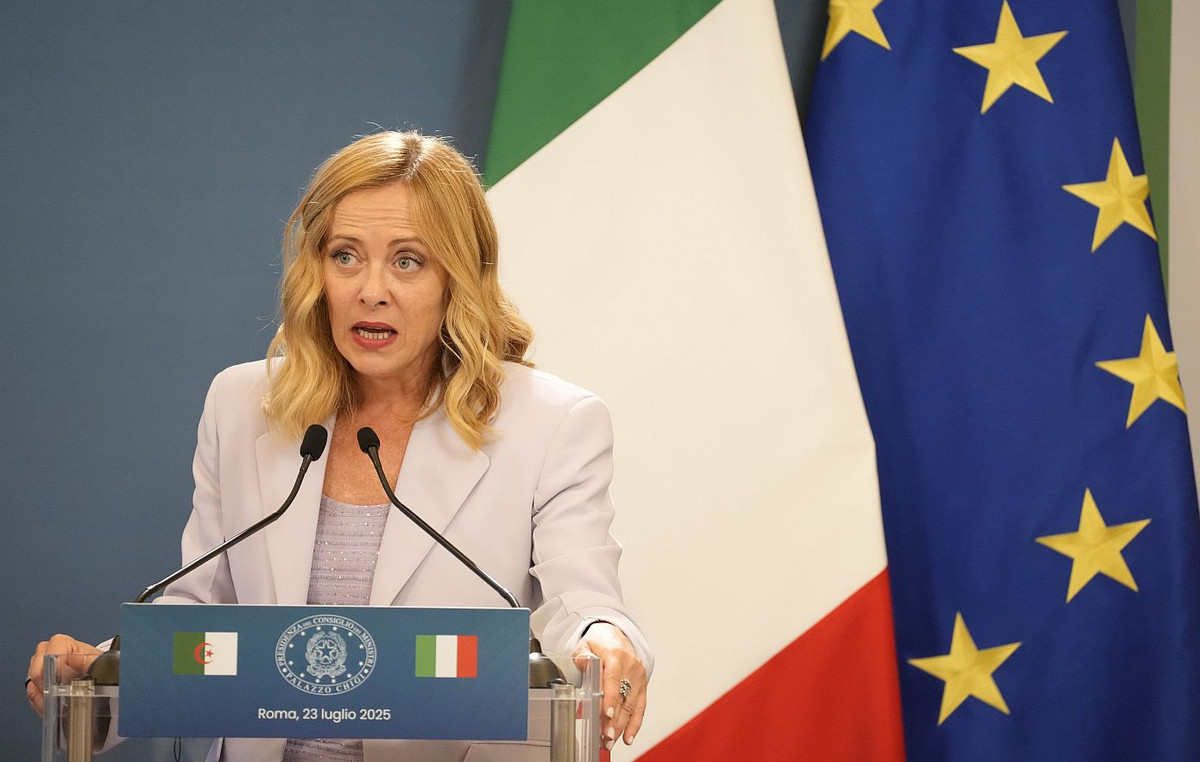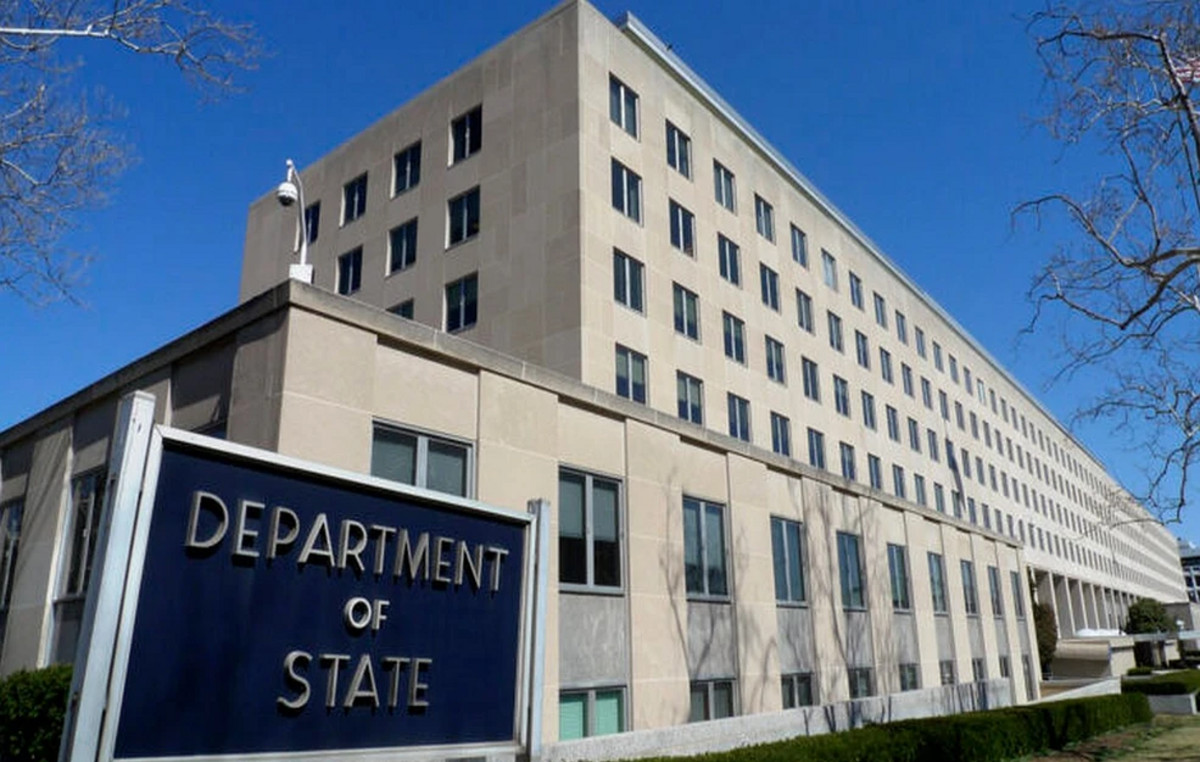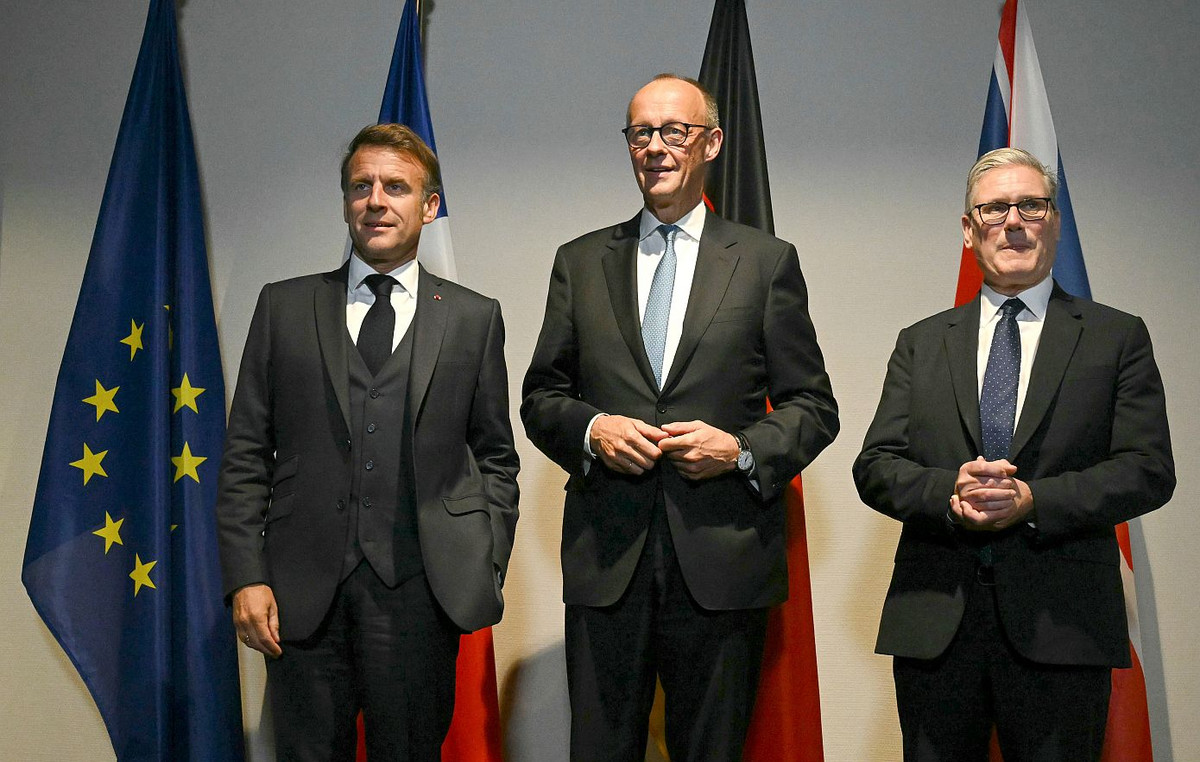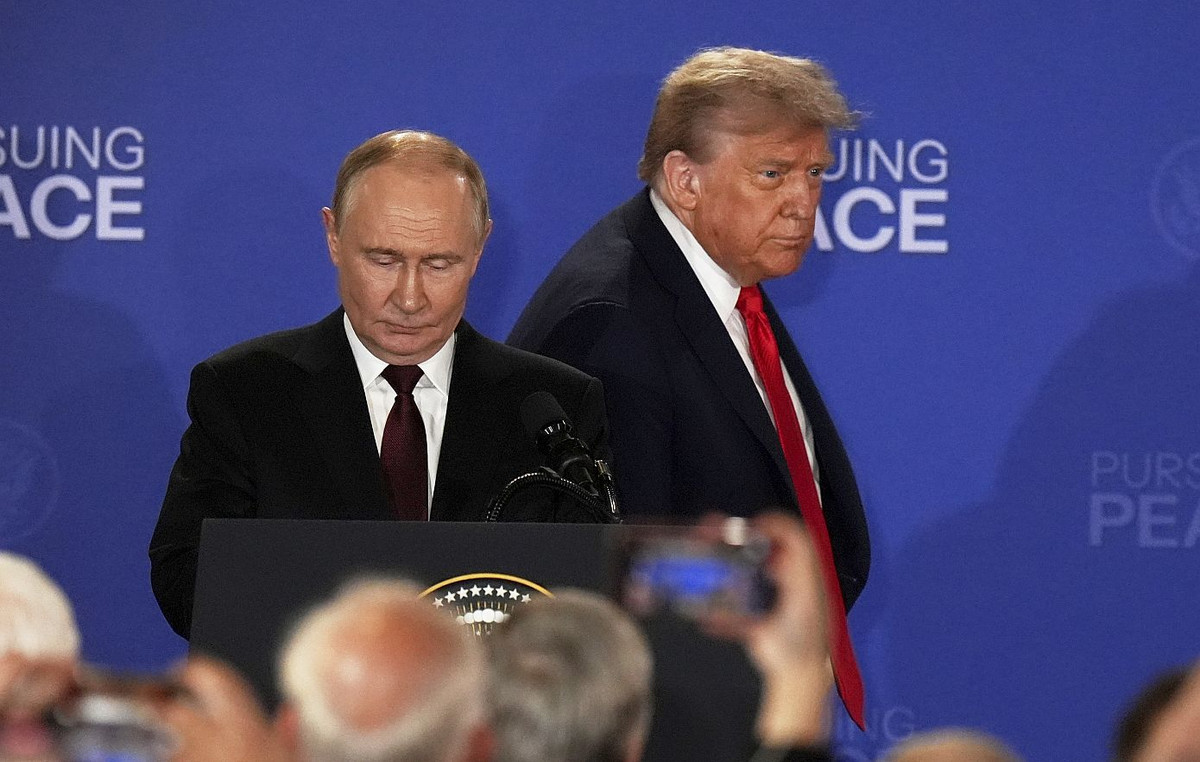The Municipal Urban Cleaning Company (Comlurb) of Rio de Janeiro collected 167 tons of waste in Copacabana, in the south of the city, after the traditional turn of the year. Due to the low movement on the shore to watch the fireworks, the amount of garbage collected was about 50% lower than the historical average of other New Year’s Eves in the neighborhood.
In 2019, the last time the celebration took place before the pandemic, 340 tons of waste were accounted for.
At all ten fireworks points throughout the city, a total of 320 tons of garbage were collected. The average of previous years at these points was 750 tonnes.
The work of more than 4,000 street sweepers ended earlier than in other years, at 9 am. After washing the Avenida Atlântica lane, the road was reopened to traffic this morning (1st).
On New Year’s Eve, at the three medical centers set up by the Municipal Health Department (SMS-Rio) on the edge of Copacabana, 111 people were assisted. Most of them suffered minor traumas (such as bumps and cuts) or became ill due to excessive alcohol consumption.
Eleven patients with more serious conditions had to be transferred to hospitals or UPAs in the network, including two young men with wounds caused by a knife. They were transferred to the Souza Aguiar and Miguel Couto municipal hospitals, received the indicated care and were discharged.
Photos – See images from New Year’s Eve in Brazil
The three vaccination posts against Covid-19 immunized 370 people with the first, second or booster dose. The points were open from noon to 5 pm on the 31st.
On the other hand, the Secretariat of Public Order (SEOP) demobilized on the afternoon of Friday (31/12) two clandestine events that would take place at Praia do Arpoador, in the South Zone, and on the sands of Copacabana Beach.
Reference: CNN Brasil


